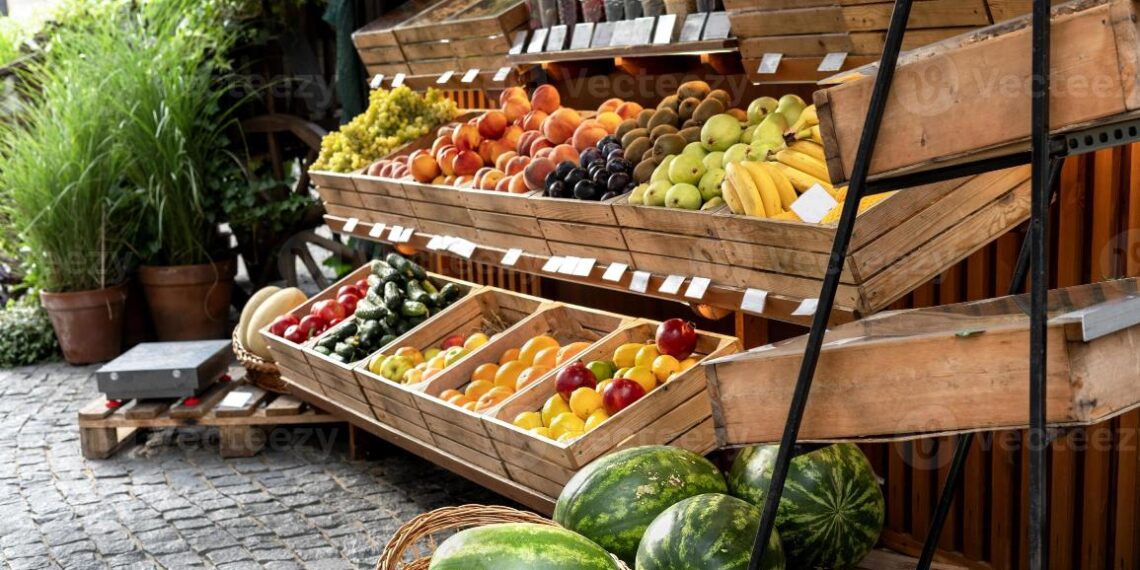Recent research conducted by Consumers International and Consumer Advocacy and Empowerment Foundation (CADEF) has unveiled concerning trends in Nigeria’s food pricing landscape.
The research spans six geo-political zones and focuses on fluctuations in food prices, especially staple items like yam, garri, rice, beans, chicken, and groundnut oil between the months of November and December, 2023.
Earlier research in August by the organizations revealed a substantial rise in retail/consumer prices compared to wholesale/market prices for essential food items. This suggests that consumers are disproportionately burdened with increased costs, raising questions about fairness in the market.
Consumers International, representing consumers worldwide, developed a tool called the Fair Food Price Monitor.
This tool tracks the relationship between food prices at different supply chain stages, utilizing data from reputable sources such as the National Bureau of Statistics and FEWS NET.
Davine Minayo, Specialist in Fair Food Prices in Africa at Consumers International, emphasizes the importance of data-driven decision-making to address market imbalances. Minayo states, “Our collaborative efforts aim to shed light on the issues affecting consumers and farmers in Nigeria.”
The recent research indicates a continued acceleration of retail prices compared to wholesale prices, particularly for beans, yam, rice, chicken, and maize. Calls for a thorough investigation by national authorities have been made, especially in markets of concern.
Commodity Analysis Insights:
CADEF said that detailed analysis of farm gate, wholesale, and retail prices for commodities such as Maize, Rice, Beans, yam, palm oil, and Chicken over the past three weeks reveals notable price fluctuations.
November and December brought forth noteworthy shifts in the percentage changes across the value chain for key commodities—beans, chicken, maize, and yam.
These fluctuations serve as a lens through which we can examine the intricate interplay of market forces, presenting opportunities and challenges alike. At the farmgate level compared to the retail level, in November, beans, chicken, and maize took the spotlight with substantial percentage changes of 127.29%, 176.16%, and 134.07%, respectively.
The stage altered in December, witnessing a recalibration of these figures. Beans retained prominence, albeit with a reduced percentage change of 97.84%, while chicken and maize experienced shifts to 41.10% and 111.45%, respectively.
Intriguingly, yam emerged as a contender in December, securing a notable percentage change of 87.34%.
As advised in our last press release, understanding the factors driving these fluctuations is crucial for market analysis and decision-making.
These fluctuations underscore the volatility within the retail sector, where even slight changes can have palpable impacts on consumer accessibility and affordability.
Stakeholders are advised to closely monitor these trends, engage in ongoing analysis, and remain adaptable to the evolving dynamics of the commodity market.
The overarching concerns emanate from price variations at each level of the value chain. The potential impacts on farmers’ income, supply chain stability, and consumer affordability necessitate collective attention.
Prof. Chiso Okafor, Executive Director of the Consumer Advocacy and Empowerment Foundation (CADEF), emphasizes the need for regulatory intervention to ensure fair pricing in food markets. Okafor states, “The findings underscore the urgent need for authorities to investigate and address any unfair practices that may be contributing to the burden on consumers and farmers.”

Recommendations and Action Needed:
In response to the identified challenges, stakeholders are encouraged to commit to a call to action. Collaborate with farmers and distributors (market associations, farmers associations, security agencies, etc.,) to address farmgate and retail concerns.
Enhance market transparency and information sharing for pricing stability. Engage in discussions to address systemic issues within the food supply chain.
This nuanced analysis serves as a call to action for all stakeholders to navigate the complexities of the food supply chain collectively.
Consumer organizations recommend government actions to address the threat of unfair food prices, including strengthening competition, sanctioning anti-competitive practices, tackling monopolies, addressing multiple taxations, and supporting subsidies for farmers.
[Featured Image Credit]








Comments 1